Challenges in EV manufacturing: trends and government initiatives
February 1, 2022 5:40 pm
Government has come up with a very good policy push and initiatives and terms of Fame policy and PLI scheme.
Trends and challenges
Talking about the challenges of EV industries with respect to the customer as well as industry side and what are government initiatives to cater to these challenges and what are the future trends in EVs which are going on, Mr. Aditya says on, currently, there are 220 crore existing IC engine vehicles available in the market and every year, two crore new IC engine vehicles get sold in comparison to two lakh electric vehicles which are sold every year. So, electric vehicles are trending towards a northward end, but still there is a lot of ground to capture for EVs and major challenges people face while buying EVs on a consumer side.
First is pricing: because of the battery pricing, EVs capital cost is high and second one is: lack of charging infrastructure. So, just as India started growing in full charge within a few years, we will be able to cater to the huge amount of EVs and third point is: range anxiety, which I would say is the lack of charging infrastructure. And fourth one is: resale value and servicing. So, whenever we buy a vehicle we always think of resale value and servicing the network. So currently, EVs as such don’t have a servicing network and we don’t have any idea of the resale value of the EVs. And the last one is: a brand trust.
Basically, we all have grown from childhood looking at four top brands: Bajaj, TVS, Hero, and Honda. So, it’s very difficult for a consumer to adapt to the new brand, we always think about whether it will be a good brand or not. So, these are few challenges, which the Indian market currently has. Eventually it will go down. So, to cater to these challenges, the government has already come up with a very good policy push and initiatives and terms of Fame policy and PLI scheme. So Fame stands for faster adoption of manufacturing of electric vehicles and hybridization. So, the government has allocated 10,000 crore for phase two policy for the next five years.
Similarly, for Advanced Chemistry cells, the production linked incentive scheme is there of around 18,000 crore, that also will be out late over the period of next five years. And also, I’m happy to share that in green Tiger mobility we are also reducing this challenge and reducing the transition from ICE to EV. What we are doing is we are actually developing a kit which we can fit on an existing IC engine two wheeler. So with the help of it you can ride the vehicle on IC mode as well as petrol more as a standby thing. So that range anxiety problem would be solved and we have developed each and everything in house starting from controller BMS throttle everything so I would like to share this thing.
EV industry issues
Coming to the problem which industries like EV Industries have, there are two three problems which the EV industry faces first, if you consider a two wheeler, most of the vehicles run on BLDC hub motors that are brushless DC motors or motors, because of its high efficiency and ease of operation. So, in that as a rotor we use a neodymium magnet. So that neodymium magnet again is a rare earth material which you will only find in major parts of China and some parts of Japan. So, we have to source those magnets to make our motor.
Second part obviously is batteries. The major problem in lithium ion batteries is that lithium is a source where you will find lithium sources in Argentina, Bolivia, Chile, some parts of China and again, America. Though on the graphite side, India is the second largest manufacturer of graphite, but again, China is the largest manufacturer of graphite on the anode side as well. So it’s very difficult to determine the pricing of the Chinese market or Korean market for it. So, to cater to these problems, most of the people now working on the SRM motors, that is reluctance motors, so the magnet problem would be solved.
Again on the battery side, a lot of people in India are working on sodium ion batteries, as well as hydrogen as a fuel. So in sodium ion batteries, the major problem is its energy density which is not as much as in lithium ion batteries. And obviously, sodium is abundant in nature. So it would be easy for India also to manufacture sodium ion batteries as hydrogen is also very abundant in nature. The only problem with hydrogen is it’s very expensive to set up its fuel pumps. So, hopefully all those problems will be solved eventually. Semiconductor shortage And again, the third problem which everyone is facing right now, and for which no one has a solution till now is the semiconductor shortage. So everybody in the world has a semiconductor shortage right now. And that’s because of the high demand of the automotive sector of semiconductors. And most of the semiconductor industries are putting their resources into making laptop mobiles, etc. Because of the pandemic, everyone has started doing work from home. So demand for those has also increased. This scenario may be neutralised over the period of a year or so. So let’s go for this. And, eventually, I would say that let us work together for a greener Bharat.
Cookie Consent
We use cookies to personalize your experience. By continuing to visit this website you agree to our Terms & Conditions, Privacy Policy and Cookie Policy.



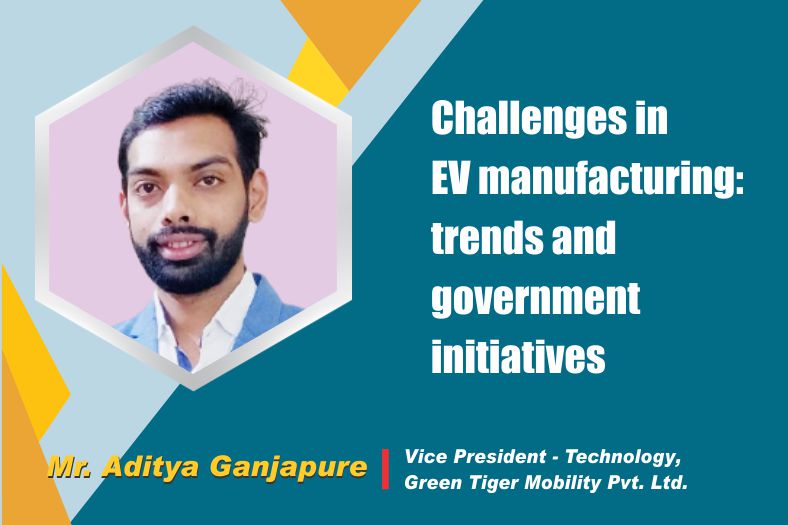





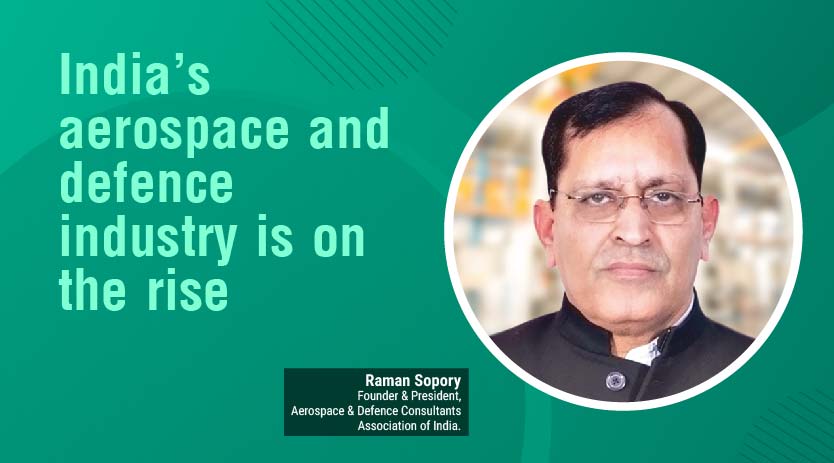
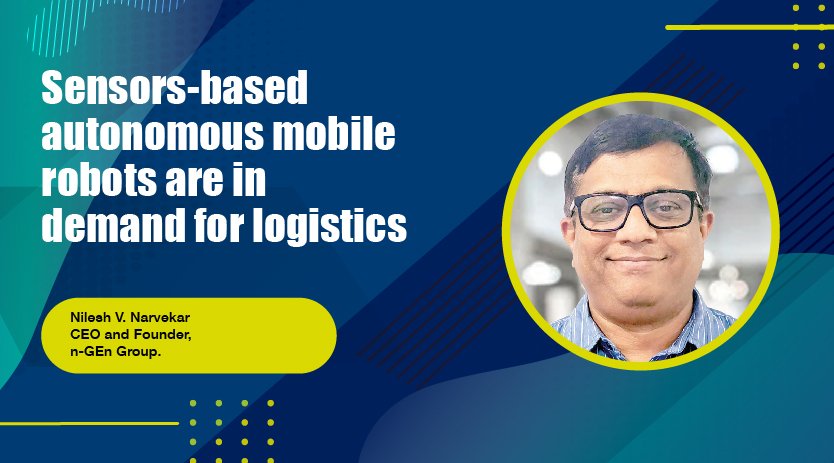
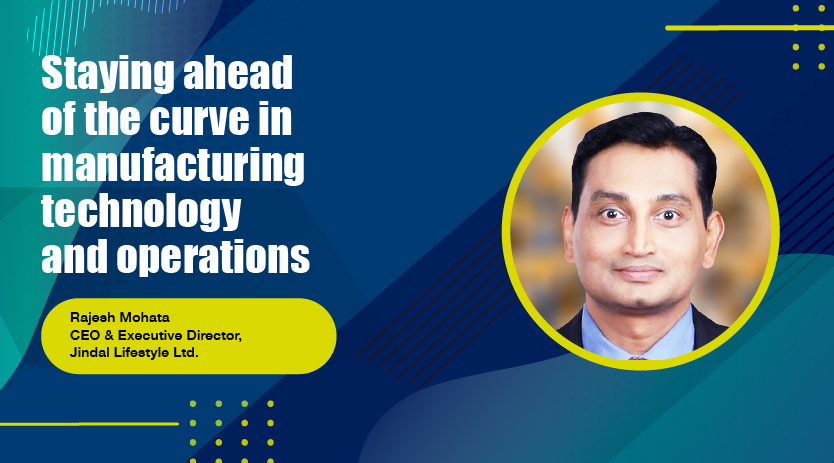
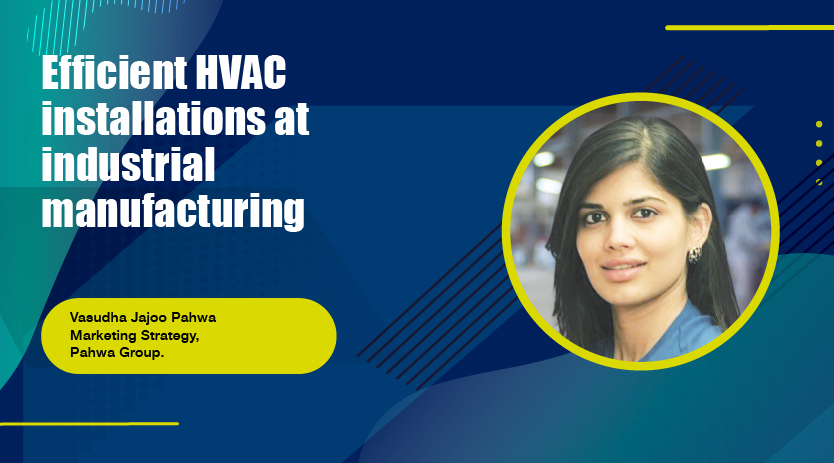
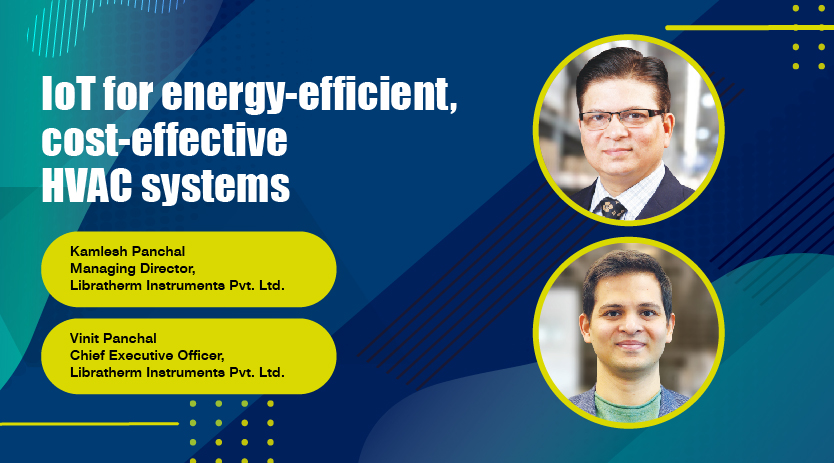



 English
English Hindi
Hindi